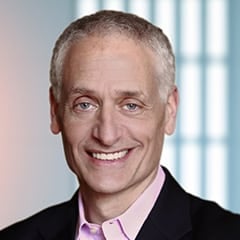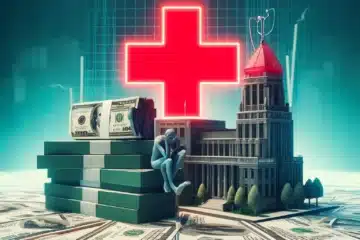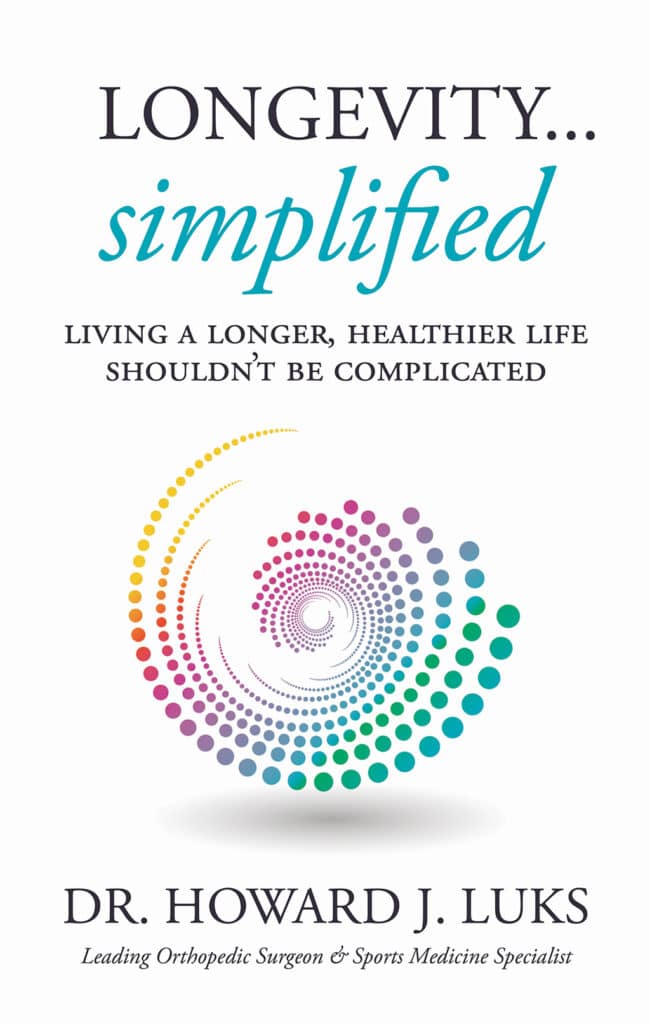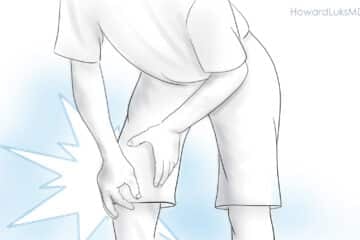
Utilizing this blog I’ve spoken many times about troublesome trends that I find emerging throughout the healthcare system today. One such trend that I’ve referenced previously is the Low Touch- High Technology trend which has clearly emerged and mainstreamed over the last 5 to 7 years.
In my small area of the healthcare universe, I practice amongst many large single specialty groups. This brings to light yet another trend that I find more puzzling than disturbing: Maximum Income and *Minimal* Satisfaction.
First, allow me to digress for a moment….
Ted Eytan put up a very interesting series of posts recently— his first was regarding the attitudes of practicing physicians (on Sermo) toward social media; his second post dealt with the opinions of future physicians whom he had interviewed. Ted was asked to post a question on Sermo to see if physicians see themselves utilizing *social media* in the near future. The threaded comments which followed — perhaps because of the anonymous nature of the posting — were at times downright nasty. Many of the physicians clearly displayed their level of dissatisfaction with their current situation and the healthcare system as a whole. They utilized this question (and many others on Sermo) as a springboard to launch into a tirade as to why they would never entertain engagement in social media or even other forms of electronic communication.
Much is written today about how physicians feel about the issues they face on a day to day basis within the medical-industrial complex. The references to doctor dissatisfaction abound… literally everywhere. Is it surprising that the NY Times reported how new physicians are choosing specialties without call responsibility or after-hours responsibility and instead seeking “quality of life”. Whether these younger physicians are feeding off of some of the emotional dissatisfaction they witness on rounds or in direct contact with their professors and educators — I do not know. Whether this is a perceived flight to safety or simply a desire to lessen their work burden is also a bit unclear.
Discussions about physician dissatisfaction occur at every water cooler, in every operating room lounge, and that every dinner many of us attend. But I often wonder if any of my colleagues are actively pursuing workflow changes, office efficiencies, or changes to their daily habits which may improve their level of job satisfaction. Interestingly, when I pose that question to my colleagues… the answer always seems to focus on finding another job… hmmm.
Back to the topic….
Many of the large multispecialty or single specialty groups I mentioned above incorporate the use of a physicians assistants as well as nurse practitioners to assist with their office throughput. With regards to achieving top-line revenue improvements this is certainly a more efficient model then the model I have chosen to practice or utilize in my practice. Now relax a moment… I am not knocking the entirety of the MSG model… it clearly works — Kaiser, Mayo, etc having proven that…. I am referencing groups which use their size and personnel solely to achieve throughput and revenue gains.
I always ask myself what level of satisfaction could these physicians possibly gain when their interaction with the patient is very short, and frequently *incomplete*. They are on a hamster wheel that is churning 70-80 patients through their office on a typical day — per physician. I imagine the interaction achieved by physician practicing alone and able to truly engage and personally educate that person in your office is far more satisfying. In addition, from a surgical perspective, where does one derive satisfaction from if you do not in fact see the results of your surgical efforts? My guess is that these surgeons’ *satisfaction* is derived through maximal revenue generation and not necessarily maximal patient satisfaction.
Last week in my office, I received 5 emails germane to this topic. Three simply mentioned how satisfied they were with their encounter in the office in terms of the time they were given, the time I took to listen to their complaints, and the time I took to explain the natural history of their disease. Two of the e-mails came from long-term patients who are many years out from surgery — yet ventured onto my website and decided that they would touch base. Clearly, the practice method I have chosen encourages this form of engagement. Also seen in last week were at least six follow-up total knee replacement patients who were simply ecstatic about the results they had achieved. When you sit in a room with a patient who put their trust in you, underwent a *big* surgical procedure, were assisted through a tough therapy program, and now emerge as a functional person pursuing all of their chosen activities of daily living because they are no longer in pain —That simply makes my day.
From a work perspective, there’s no greater level of satisfaction that I could ask for.
Yes… a career in medicine is difficult today — we are being pulled and squeezed by all four extremities by multiple intermediaries. But didn’t most of us enter the field of medicine to help people? Unless you know that you have actually helped someone and interacted directly with the patient that you have helped I do not see how one derives any significant degree of satisfaction from your chosen profession as a physician??? Perhaps I am simply being naive?
[hr]
Golfers know this concept well. Most of us hack a ball around 7000 yards of beautiful green grass (and woods, lakes, marsh, etc). Perhaps we hack three or four balls — If we’re unable to find the ones that went awry. So what brings us back once a month or once a week. It is that one perfect shot that you hit on that one hole — A shot that you set up, executed, and exited perfectly. That is one of the only shots you’re going to remember from the entire day and that is the shot that you’re going to remember when you’re driving back to the golf course the next time.
[hr]
That helps define why I get up and do what I do every day. I am looking to see that I have actually made a difference in someone’s life. I don’t require verbal platitudes. You can see it in most of your patients faces. If you put your computer or your pencil down and simply watch your patient’s expressions you can often learn far more than a 20 min. discussion when your face is buried in your iPad.
Job satisfaction in healthcare today is difficult to come by. Especially for physicians who are self-employed or in a small group. Remember that idealistic person who applied to medical school and sat before the admissions committee? I bet you all stated that you “want to help people”. Now that you have had that opportunity — how do you assess your level of satisfaction?














Howard,
The personality trait that makes engagement in social media enjoyable for you is the same personality trait that gives you satisfaction from engaging with, educating, and closing the loop with your patients in your office. That can’t be taught, by the way. Either you’ve got those social skills, or you don’t.
Now you could intellectualize this and give lots of business reasons you choose to practice medicine this way, or have pursued your digital strategist avocation … but basically, it’s how you roll. You find these things are emotionally satisfying. Me too, by the way.
There are many physicians, and other professionals, who just don’t get it. Money = satisfaction, period. After office hours, don’t bother me.
To those who seek greener pastures elsewhere: take a good look around you … the grass is always greener someplace else. Not to trivialize the challenges that you face in medicine, but name a professional who isn’t feeling squeezed these days. Lawyers? Businessowners? Teachers? Doing more with less is just a fact of life, and I would argue — as you did — that this makes gaining intrinsic satisfaction from what you do all the more necessary.
Great comment, Rhonda. I beg to differ on one point, however. I believe there are many who actually crave social interaction, but don’t understand how social media works. I believe many of those people can be taught to reap rewards from social media — just like someone with stage fright can overcome his anxiety with a certain amount of effort. Of course the desire to change must be present.
Great insight… there are many different thoughts in this area… but if you look at the response of Dr. Ronan Kavanaugh, a Rheumatologist friend in Ireland, I think he sums it up quite well. “Engaging in health-related activities on social media channels is the most important thing I have done for my medical life since completing my specialist training. It has renewed my fascination for healthcare in a way I haven’t felt since I was a medical student and doing so, has undoubtedly quelled a mid-life ennui with my career. It has transformed the way I learn (where I had all but stopped learning) and introduced me to new and interesting friends.”
Engaging patients, or at least providing content and a feedback loop can go a long way for many of us who derive significant satisfaction from our online endeavors.
Very interesting post. Saying many of the things that so many doctors are afraid to say. I’d be interested to know how many of your patients interact with you over social media. Or do you mostly use social media to interact with colleagues?
Another awesome post, Howard. The path you’re beating through the underbrush is going to become a well-groomed trail with many followers. Sure there will remain many who prefer to stay on the throughway of throughput — put they will have to compete for their patients against doctors who listen and actually care.
Thanks Chris…
Hopefully your prediction is true :-) Patients, in the end will lead the charge. They will use their arms and legs as the force that drives it. They will seek out and insist on engaging or interacting with practitioners who have humanized their presence and adopted technology and a social mindset that realizes enormous potential that social media and new tech solution can improve the care we offer, clear the windshield of doubt… offer a higher level of service and hopefully improve the level of care we offer.
Thanks again.
Howard
One of the contributing factors to this mentality is the outrageous cost of medical education. Although I find it dispiriting how many med students seem to be selecting specialties with minimal patient contact, I understand that $200K+ in student loans may dampen someones idealism a bit. Personally, I think that the cost of medical education needs to be heavily subsidized to avoid distortion in the physician work-force. Another factor is the differential between procedure and office based reimbursement. In my day to day work, I get paid more for doing a bronch than for seeing 10 patients– even though it takes the amount of time a single new patient visit would take. I hope that the rising tide of health care reform, with its emphasis on quality and not utilization, may help address some of these issues.
Anyway, great post, as always!
Thanks Craig … Certainly agree with you on the contributing factors. The FFS system is flawed. Quality must certainly be weighed far greater than quantity. Redistributing the collective healthcare spend to adequately reimburse our Internal Medicine and Family Practice colleagues is equally as important. I would personally take a hit and not kvetch about it. We need standardized approaches, standardized processes which are highly reproducible, save money, improve outcomes and foster patient participation and centeredness. Many of these exist… on a local scale. And they work! Scaling, however, will be a BIG undertaking!
thanks for your comment.
Howard Luks MD
I wonder how much of the dissatisfaction has to do with management of the practice.